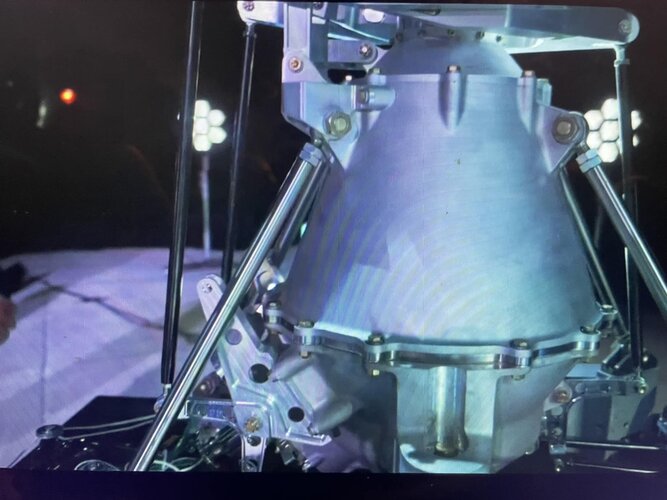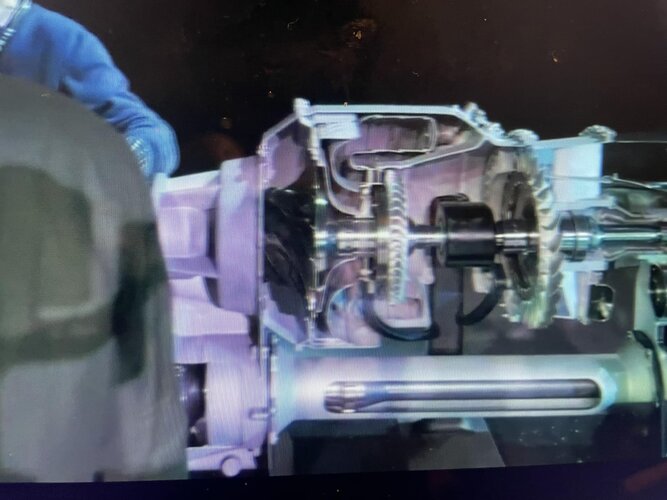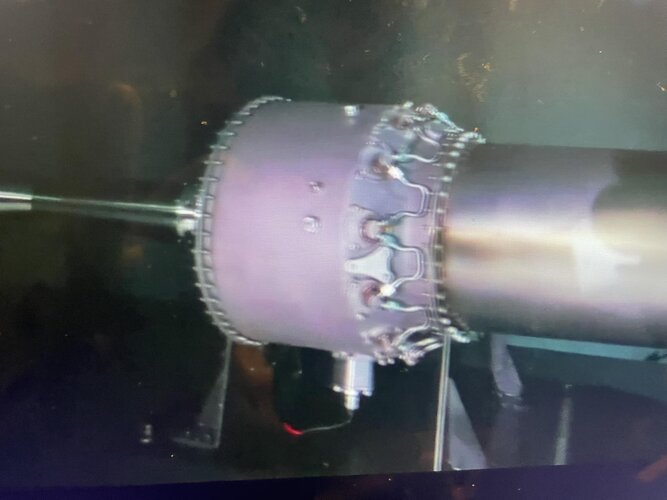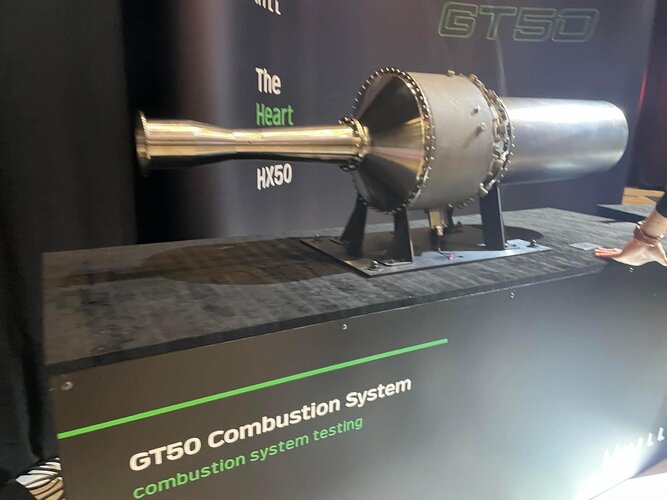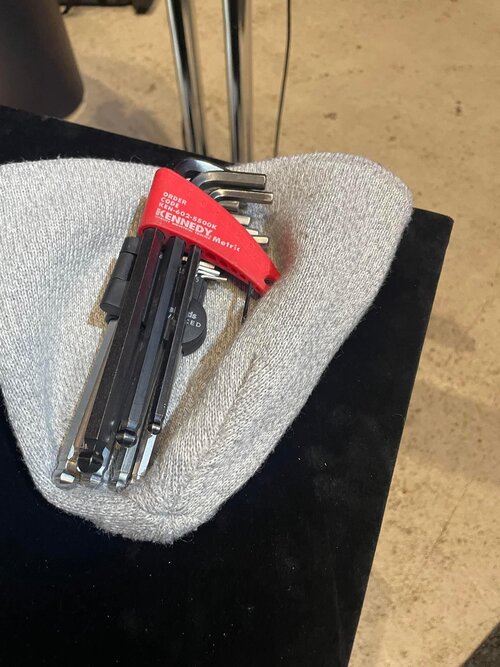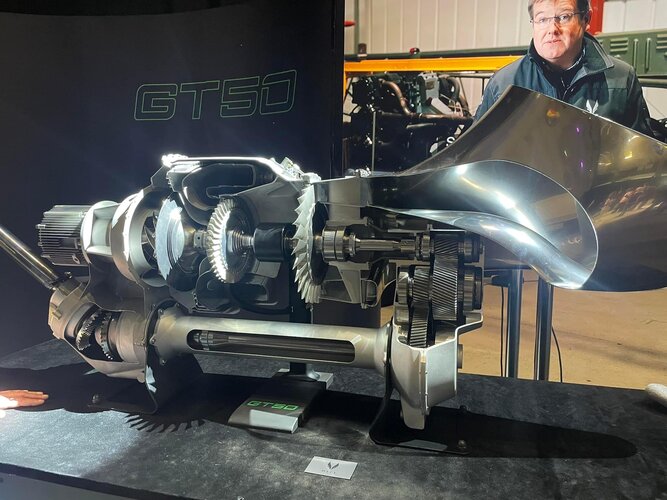- Joined
- 11 March 2012
- Messages
- 3,016
- Reaction score
- 2,693
Hill Helicopters announced both their new HX helicopter and GT 50 engine in August of 2020. Hill has chosen the rare path of developing both a new airframe and new engine simultaneously.
The GT 50 gas turbine engine is projected to produce 400 horsepower, similar to the Rolls-Royce Allison 250, PT6A, SAFRAN, etc. engines powering current production light helicopters (2 to 6 seat).
Hill GT 50 is unusual in having three, external, reverse-flow, burner cans arranged radially around the middle of the engine casing. In comparison, RR/Allison uses a single burner can while most other engines have annular combustion chambers that are standard on all larger turbine engines.
What are the advantages of using 1 to 3 burner cans versus annular combustion chambers?
Are burner cans simpler to manufacture?
Are they better suited to small turbine engines (400 horsepower)?
www.hillhelicopters.com
The GT 50 gas turbine engine is projected to produce 400 horsepower, similar to the Rolls-Royce Allison 250, PT6A, SAFRAN, etc. engines powering current production light helicopters (2 to 6 seat).
Hill GT 50 is unusual in having three, external, reverse-flow, burner cans arranged radially around the middle of the engine casing. In comparison, RR/Allison uses a single burner can while most other engines have annular combustion chambers that are standard on all larger turbine engines.
What are the advantages of using 1 to 3 burner cans versus annular combustion chambers?
Are burner cans simpler to manufacture?
Are they better suited to small turbine engines (400 horsepower)?
www.hillhelicopters.com



